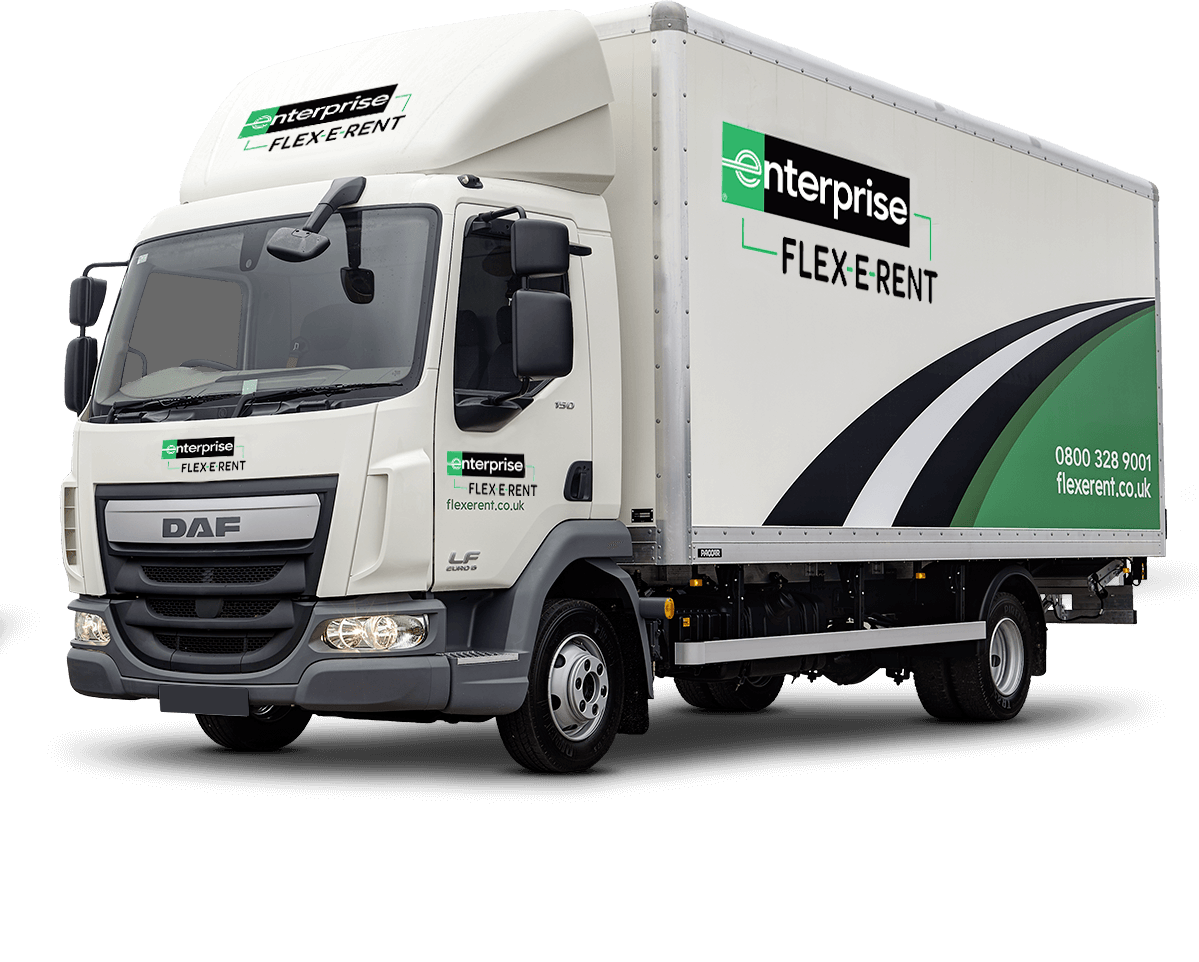Since the introduction of 2010’s Equality Act, the 11 million disabled people in the UK are required by law to have access to wheelchair accessible vehicles. Public transport service providers, workplaces and care organisations must provide a safe and secure environment for disabled passengers, with a designated area specifically for the use of wheelchairs. However, in practical scenarios, does the Equality Act ensure sufficient transport for all?
Access to public transport
From 2005 to 2012, the number of buses equipped with low-floor wheelchair access has increased from 52% to 88%, signalling a positive trend for ensuring accessible public transport. However, in reality – transport for the disabled can be a challenge. As our population swells, overcrowding on public transport is becoming a growing concern. As highlighted by Direct Line’s research and reported by Huffington Post UK, 53% of participants said they were concerned with overcrowding on buses, trains and tubes. It’s no surprise that around a fifth of disabled people report having difficulties related to their impairment or disability in accessing transport.
Problems in the workplace
While disabled people are more likely to be in employment now then in 2002, the proportion of employed disabled people (46.3%) is still significantly lower than those without disabilities (76.4%). One of the main obstacles facing wheelchair users is getting from their home to the workplace. A large proportion of disabled people use public transport to get from A to B. However, 17% of disabled public transport users say that getting on and off public transport has caused them difficulties, which makes public transport problematic for disabled people who are actively employed. While privately owned vehicles can be a potential transport solution, owning a car can be financially implausible for a person with disabilities, who are twice as likely to be living in poverty. With fundamental changes to disability benefits and the delay of PIP (personal living allowance), the disabled can find transport costs hard to manage.
Your duty as an employer
As an employer, it is your responsibility to make reasonable adjustments so disabled people aren’t put at a disadvantage in the workplace, which includes the implication of safe and practical transport.
How wheelchair accessible vehicles can help your business
More than half of the disabled population are out of work. With the UK still struggling with a skills shortage, employers could be missing out on a substantial talent pool, while neglecting the opportunity to promote workplace diversity.
To ensure that disabled employees are supported, efficient transport needs to be supplied. While public transport has proven to be unreliable in the long term, the hiring of wheelchair accessible vehicles can be a sustainable and affordable solution.
An individual’s disability is unique and so transport needs specific adaptations. At Flex-E-Rent, our purpose built accessible vehicles can be modified with mobility features for individual needs and requirements. By law, all modified vehicles need to be compliant with the relevant vehicle construction and use legislation, which is why we offer a full safety certification as standard.
With flexible leasing options, your business has the freedom to access a wide range of accessible vehicles, for a modest monthly fee, with no lengthy contract or investment needed. You can simply return vehicles when they’re no longer required - ideal for employees with temporary mobility impairments. Schemes and government grants such as Access to Work can also be used to supplement costs.




